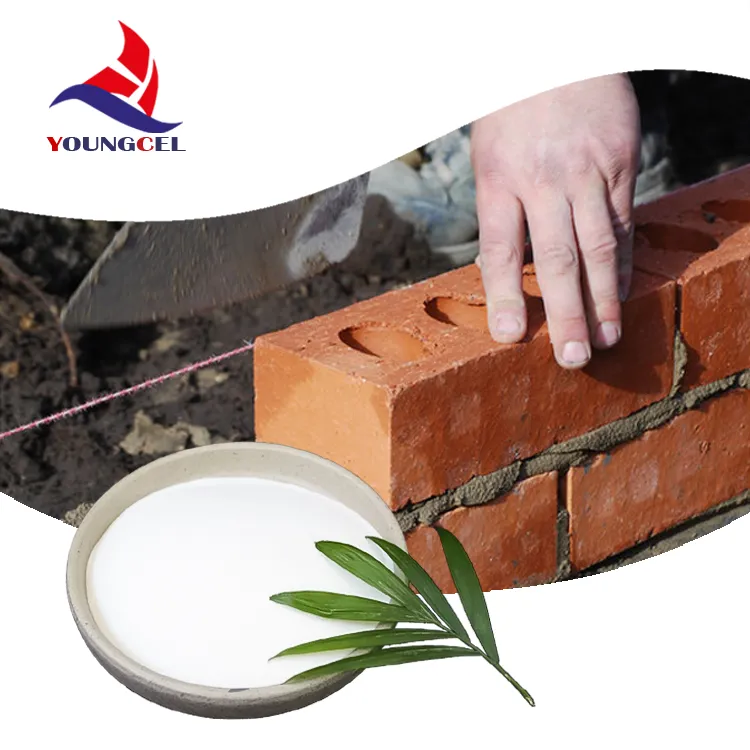Building Adhesives Essential Bonding Agents for Construction and Craftsmanship
In the world of construction and craftsmanship, adhesive technology plays a crucial role in ensuring the strength and integrity of structures and products. Building adhesives, specifically designed for various construction applications, form the cornerstone of modern building practices. From residential homes to industrial facilities, adhesives provide efficient, reliable, and often innovative solutions for joining materials together. This article delves into the significance, types, and applications of building adhesives, highlighting their importance in contemporary construction.
The Importance of Building Adhesives
Building adhesives offer several advantages over traditional fastening methods such as nails and screws. They provide a more uniform distribution of stress across the bonded surfaces, reducing the risk of material failure. Adhesives can also accommodate a degree of movement between substrates due to thermal expansion and contraction, ensuring a lasting bond. Additionally, they can achieve high bond strength with minimal surface preparation, saving time and labor costs during the construction process.
Moreover, building adhesives often contribute to enhanced aesthetics. They allow for seamless finishes and reduce the visibility of fasteners, resulting in cleaner lines and designs. This is particularly essential in applications where visual appeal is a priority, such as interior design, cabinetry, and furniture production.
Types of Building Adhesives
Building adhesives come in various forms, each tailored to specific applications and materials. Here are some of the most common types
1. Polyurethane Adhesives Known for their versatility and exceptional strength, polyurethane adhesives bond well to a wide range of materials, including wood, metal, and plastic. They are often used in construction for bonding structural elements, as well as in scenarios where waterproofing is required.
2. Epoxy Adhesives Comprising a resin and a hardener, epoxy adhesives provide superior strength and chemical resistance. They are ideal for loading-bearing applications and are frequently used in repairs and installations.
3. Acrylic Adhesives These adhesives offer fast curing times and good UV resistance, making them suitable for both indoor and outdoor applications. Acrylics can bond various materials, including metals and plastics, making them popular in signage and glazing applications.
4. Hot Melt Adhesives Often used in packaging and crafting, hot melt adhesives are thermoplastic materials that are melted and applied to surfaces where they cool and harden quickly. Their quick setting time is an advantage in production lines.
building adhesive

5. Contact Adhesives These are used for bonding large surface areas, such as laminates to wood or other substrates. The surfaces are coated with adhesive, allowed to dry briefly, and then pressed together, forming an instant bond.
Applications in Construction
Building adhesives are utilized in a myriad of applications across the construction sector. Some notable uses include
- Flooring Installation Adhesives are extensively used to install various flooring materials, including tiles, carpets, and laminate. They provide resilient bonds that can withstand foot traffic and environmental changes.
- Panel Bonding In modern construction, composite panels made from different materials are bonded together using adhesives. This technique improves structural integrity while allowing for flexibility in design.
- Window and Door Frame Assembly Adhesives are critical in assembling window and door frames, providing strong bonds that contribute to energy efficiency and durability.
- Roofing Systems In roofing applications, adhesives are often used to bond shingles and membranes, ensuring waterproofing and protection against the elements.
Future Trends
As technology advances, the field of building adhesives is evolving. Emerging trends include the development of eco-friendly adhesives made from renewable resources, which reduce the environmental impact of construction. Additionally, innovations in adhesive formulations are improving performance, such as enhanced resistance to moisture, temperature fluctuations, and chemicals.
In conclusion, building adhesives are indispensable tools in the construction industry, offering reliable, versatile, and efficient bonding solutions. As construction materials and techniques continue to advance, the role of adhesives will likely expand, paving the way for new applications and innovations. Whether in large-scale construction projects or intricate crafts, the significance of building adhesives cannot be overstated, as they contribute fundamentally to the safety, longevity, and beauty of our built environment.
-
Rdp Powder: Key Considerations for Wholesalers in the Building Materials IndustryNewsJul.08,2025
-
Key Considerations for Wholesalers: Navigating the World of Hpmc - Based ProductsNewsJul.08,2025
-
Hpmc Detergent: Key Considerations for WholesalersNewsJul.08,2025
-
Key Considerations for Wholesalers: China Hpmc For Tile Adhesive, Coating Additives, Concrete Additives, and MoreNewsJul.08,2025
-
Crucial Considerations for Wholesalers: Navigating the World of Construction MaterialsNewsJul.08,2025
-
Key Considerations for Wholesalers Sourcing Additive For Cement, Additive For Concrete, Additive For Putty from Additive Manufacturer Shijiazhuang Gaocheng District Yongfeng Cellulose Co., Ltd.NewsJul.08,2025




